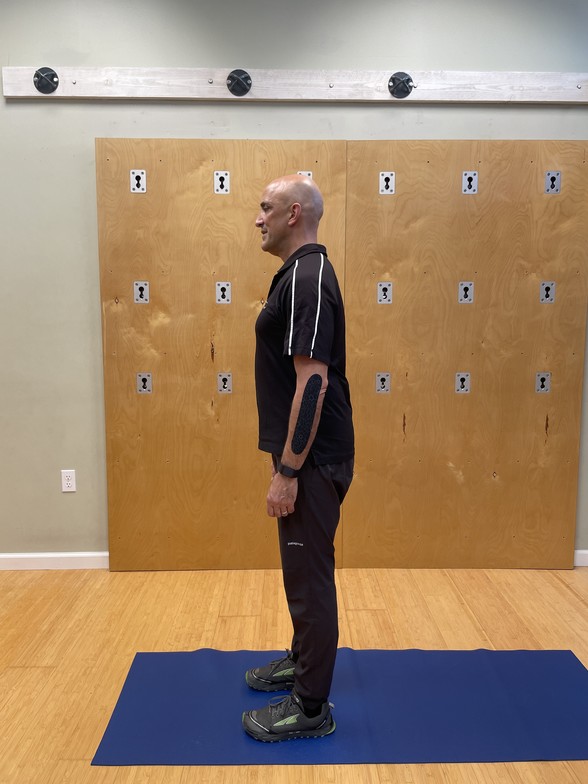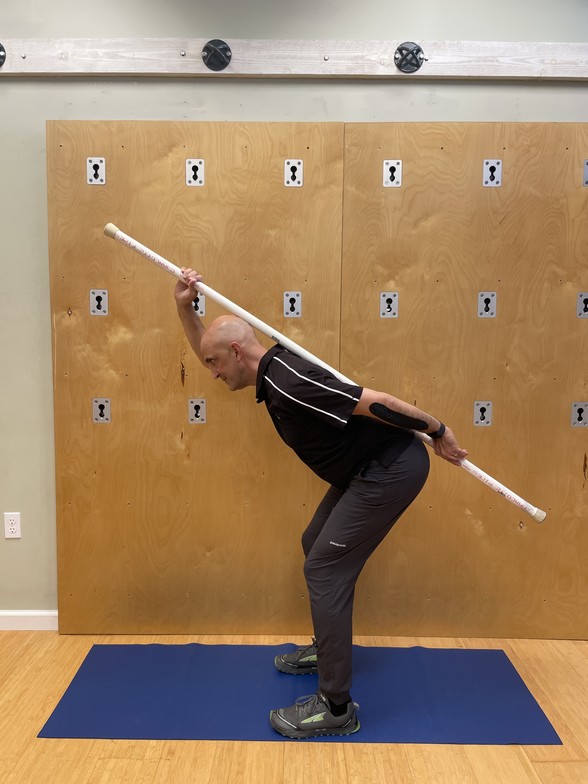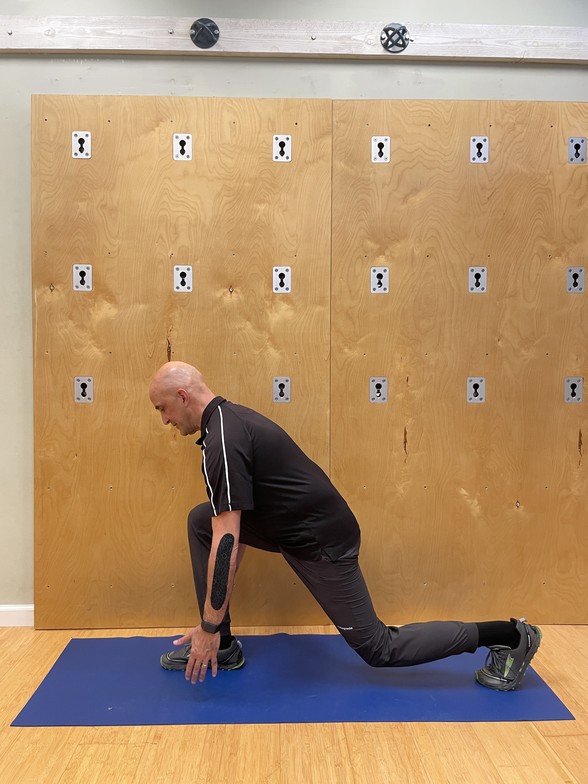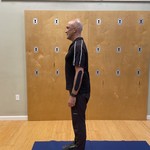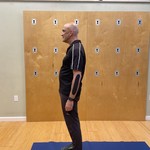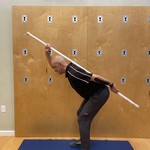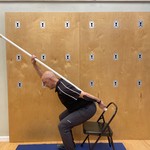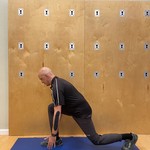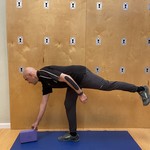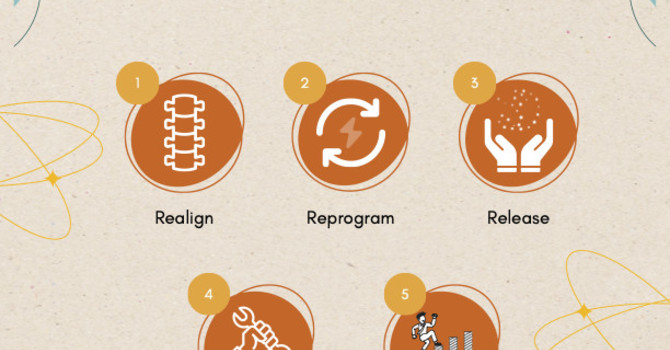Posture is the first thing I note when a new patient enters my office with back pain. The typical pattern I see is a tucked pelvis and forward head. This posture leads to shortened muscles in the front of the neck and overly strained muscles in the back. The head is typically the same weight as a bowling ball (about 12 lb), so just as it would be a lot heavier and harder to hold with outstretched arms, so is it a lot heavier and more stressful to those small muscles of the upper back holding your head up when it’s in front of your shoulders! It can make the difference between 12 lb and 50lb, based on if your head is a few inches forward of your shoulders!
Let’s talk about the low back; a tucked pelvis usually involves chronically shortened Glutes, Hamstrings and Abs, and deep Lumbar paraspinal muscles which are simply not fully on! As one stands, so do they generally sit, so if you’re a "tucker," then you likely are loading your sacrum when sitting. The Sacrum is the upside-down triangular bone between the pelvic bones. It did not evolve to be loaded when sitting. Rather, we should be squatting or at the very least perched on our “Sit-bones”.
Posture teacher Esther Gokhale (“8 steps to a pain-free back") describes this as sitting so that your tail is behind you…or so that your behind is, well...behind! This applies to both standing and sitting.There are two ways to self-assess if your pelvis is too far forward when standing.
First, simply tuck your chin and look down (using your neck only, no your hips). Can you see your feet? If you are a tucker, then you will likely only see your wingtips. Next, still standing, I use a fishing weight on a string, and hold the string where my Femur meets my hip (the hip socket or Acetabulum). The weight should hang down by your ankle bone. If you are a tucker, it will hang mid-foot. In both of these examples, simply bring your weight gently onto your heels. This should correct both of these tests. And if your toes leave the ground by loading your heals, simply grab the ground with them. this is a great way to strengthen your arches.
I like to look at the body not just in how it’s stacking and balancing in standing and sitting, but also how it moves. Three common motions which involve the low back are squatting, hinging and lunging. You should be able to do all three of these movements to get safely to the ground, to pick things up or even to tie your shoes.
I will now share with you a few very simple yet effective ways to both assess and correct your movement patterns.
Squatting: I have my patients face a wall with the feet parallel, a little wider than hip width apart and toes touching the wall. Arms can be in the “stick up” position so your hands follow the wall, and your nose is just off the wall as well. Keeping your head forward and your knees in line, slowly begin to squat. You will very quickly find whether you are using your low back and Glutes to help you, for if you are a tucker, you will start to fall back! No worries, just step back to catch yourself, then start again. This is called a Windowpane squat, and the wall becomes your teacher. If you keep trying, your body will eventually learn how to find your Glutes so that you can come into a squat this way.
Hinging: Stand straight, holding a dowel (3-5’ pole) behind you. You can reach overhead with one arm and underhand with the other to hold the dowel, which should be touching three points: the back of your head, your mid-back and your Sacrum (the point between your hips). Soften your knees and start to come into a forward bend while keeping the dowel in contact with these three points. If you are a tucker, the stick will leave your Sacrum. This is because you are using your Lumbar Spine to flex, and this spells Back Pain! This also takes practice, but it is well worth it.
Sitting Hinge(also known as the Potty Squat): Once you get down these two movements above, now stand facing away from and in front of a chair. Now combine the squat motion with the dowel down along your back as you begin to sit down. You will notice that you are now bringing your behind…behind, or as I like to say, you are lowering your landing gear so that you can land on your “wheels,” also known as your SITs bones or Ischial Tuberosities.
There are several simple, effective and safe ways to get down and up while standing if you have a sore low back. One is the Step-Back Lunge and another is the Golfer’s Hinge.
Step-Back Lunge: Simply step-back as you come into a lunge. Those of you familiar with yoga poses should find this second nature. Think of a Warrior-2 pose and drop your back knee. Then when you are ready to get back up, bring your forward foot slightly back so that it’s under your knee, support your knee with your hand or hands, and stand back up.
Golfer’s Hinge: From standing, keeping both legs straight, simply hinge forward on one leg and allow the other straight leg to follow your torso up as your torso goes down. The back leg acts as a counterweight. Bending this way also allows your spine to stay rigid and it’s not much of strain on your tight Hamstrings either!
In my next Blog, I will get more into the anatomy of back pain and some common causes. Until next week…!


